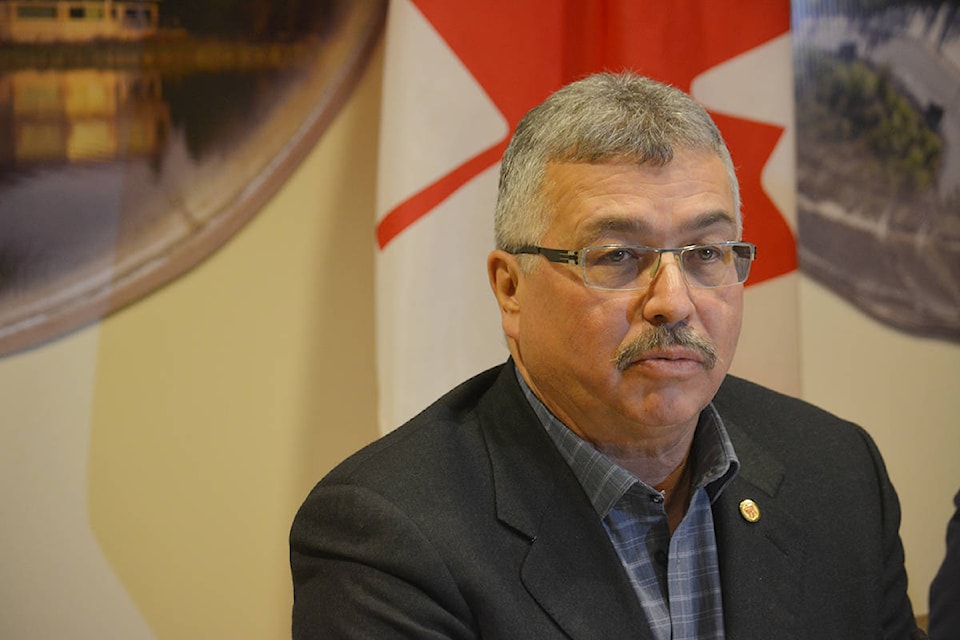Flood damage in Jean Marie River and Fort Simpson is likely to be extreme and costly.
But for now the federal government is on standby to provide assistance, according to NWT MP Michael McLeod.
“The process is typically handled and done through the local municipality and the provinces and territorial governments first. If it can’t be handled or is beyond their scope or ability they would make a formal request for assistance (RFA),” he said. “But they’re not at that stage.”
The federal government confirmed May 11 it hasn’t received a request for assistance from the territorial government, but it isn’t surprised by the flood conditions in the NWT this spring.
“There was a lot of talk over the winter that we may have problems in the spring and an awful lot of snow in the past winter and people were worried about it.”
McLeod said the major questions that are not yet known are the extent of the damage present and whether or not this issue will continue for years to come.
As he sees it, both Jean Marie River and Fort Simpson are in an extreme situation, both with their own challenges.
“Going forward there will be tough realities to face and we are hoping water won’t go any higher in Fort Simpson,” he said.
As of May 12, the height of the river was posted at 15.5 metres, according to a social media post by the village.
Further contamination of the water system, damage to the power plant, sewage backing up and impacts on community houses are yet to be fully assessed, he added.
McLeod said he is also worried about recently resurfaced roads seeing all of the chip seal washed away and the need to replace the public dock which he understands has been completely washed away.
“There is a lot of damage in Simpson and it could get worse. There will be some extreme infrastructure damage,” he said.
Jean Marie River’s situation is different in many respects, the federal member said.
“With Jean Marie, the other concerns are that because of the flooding of fuel tanks, they have spilled and the sewer has backed up and all of it has mixed into the water,” he said. “So there is extreme contamination in the waters.
“If you ever deal with fuel spilled on an article of clothing, for example, it is hard to get rid of the smell.
Chief Stanley Sanguez said this week that fuel is everywhere in the water there, houses are damaged and vehicles submerged.
McLeod said he is worried about the public houses in the community that have all been damaged due to flooding.
“There is going to be a serious assessment that is going to be needed and a real and fairly costly plan of action that is going to have to be put in place.”
McLeod said that the Northwest Territories has the reality of being downstream so impacts of high precipitation in Alberta and British Columbia would likely have an impact on water levels in the North.
At the same time, recent reports of drought in the Prairie provinces may have an impact on the region as well and is something he is keeping an eye on.
“Quite often what happens in Alberta and British Columbia affects what happens in the North,” he said.
Floods in recent years have led to millions in losses including $2 million at Nahanni Butte in 2012, $460,000 in Hay River in 2008, $3.14 million at Aklavik in 2006 and $648,000 at Fort Good Hope in 2005.
